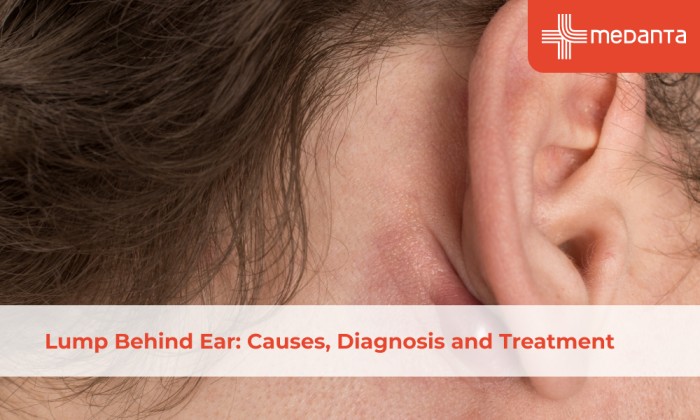Bronchopulmonary Dysplasia
Premature babies who experience chronic respiratory issues typically have either bronchopulmonary dysplasia (BPD) or chronic lung disease (CLD).
Because of their fragile lungs, some premature babies need to use a mechanical ventilator and additional oxygen to breathe. If the tissues inside the lungs become inflamed, they can break down and cause scarring. BPD is more prevalent in infant Caucasian boys. Babies with BPD could be more susceptible to respiratory infections.
How BPD happens:
Sometimes a baby's lungs aren't fully developed when they are delivered early. They are unable to breathe in and absorb enough oxygen to sustain themselves. They might also not create enough surfactant, a liquid that keeps the lungs open. In this case, medical professionals give the infant more oxygen.
However, the infant is at risk from that treatment. More oxygen being pumped into the baby's lungs by a machine like a ventilator might irritate the airways and damage the still-vulnerable air sacs that line the lungs. Additionally, too much oxygen can worsen the situation.
The premature infant's ability to breathe on their own is made more difficult by the discomfort and scarring. This can require the infant to use a ventilator for a longer period of time to acquire oxygen. The blood vessels that take oxygen from the air sacs might potentially sustain injury. This requires the baby's little heart to pump more forcefully. In addition, the baby's growth may be slowed down since breathing takes up so much of the body's energy. Problems with other still-developing organs may result from this.
Causes:
Any of the following factors may lead to bronchopulmonary dysplasia:
- Prematurity - When the lungs, and especially the air sacs, are not fully grown when your baby is delivered.
- Oxygen use - The cells in the lungs can become damaged by excessive oxygen concentrations.
- Mechanical ventilation - Some premature infants require breathing apparatuses, suctioning of the airways, and insertion of an endotracheal tube into the trachea that is attached to an apparatus for breathing.
Whom does BPD affect:
Infants can have bronchopulmonary dysplasia, which is more prevalent in premature or oxygen-dependent infants. Babies who are more in danger include those who:
- are more than 10 weeks early at birth.
- birth weight of less than 2 pounds
- have respiratory issues or undeveloped lungs.
Bronchopulmonary dysplasia in infants delivered after 32 weeks is quite uncommon.
Symptoms:
Symptoms of BPD might vary from baby to baby, but typical signs include:
- Respiratory difficulty (rapid breathing, flaring of the nostrils, chest retractions)
- After your premature baby reaches 36 weeks’ gestation, you will still need to use artificial ventilation or oxygen.
Diagnosis and Treatment:
Preventing BPD in the first place is the most effective treatment for it. Doctors and nurses aim to address a baby's respiratory issue in a way that lowers the risk of BPD if the baby is premature and having difficulty breathing.
In order to increase the fluid that keeps your baby's lungs open, doctors may give you a steroid if they think you're going to give birth prematurely. The less likely it is that your infant may require medicines that could subside the BPD and lead to better breathing.
The illness cannot be diagnosed by a single test, however, chest X-rays may show their lungs to be spongy or bubbling.
Using an echocardiography in addition to X-rays, doctors can capture pictures of the patient's heart and check for any problems. In order to verify if your baby is receiving adequate oxygen, they could also draw blood samples.
If your child develops BPD, they might have to spend weeks or even months in the hospital. To help a ventilator assist in providing oxygen, doctors may place a tube in the patient's throat. A doctor may make a small incision in their neck to place a breathing tube straight into the windpipe if they must use a ventilator for an extended period of time.
Some doctors also advise employing a mask in order to produce a stream of warmer, moister air that is better for a baby's lungs.
Conclusion:
Bronchopulmonary dysplasia (BPD) is a type of chronic lung disease that primarily affects newborns who are born prematurely and require oxygen therapy. The lungs and airways (bronchi) are damaged in BPD, resulting in tissue destruction (dysplasia) in the tiny air sacs of the lung (alveoli)



